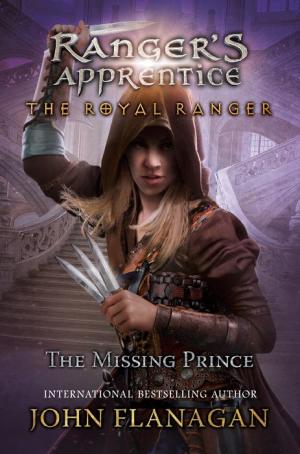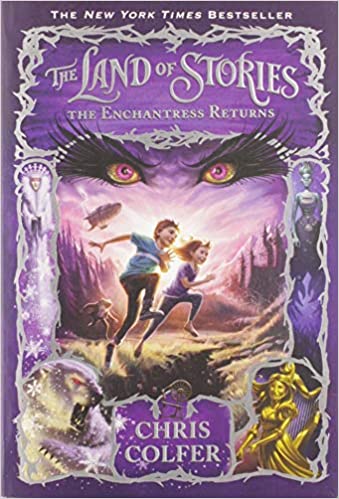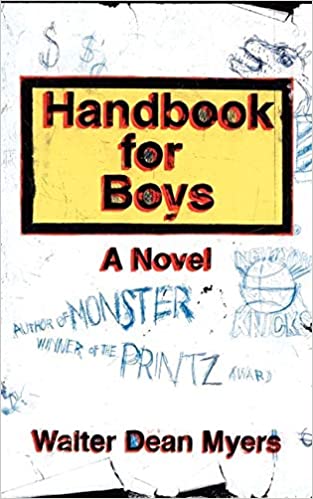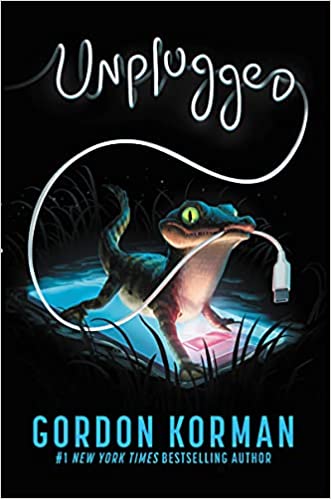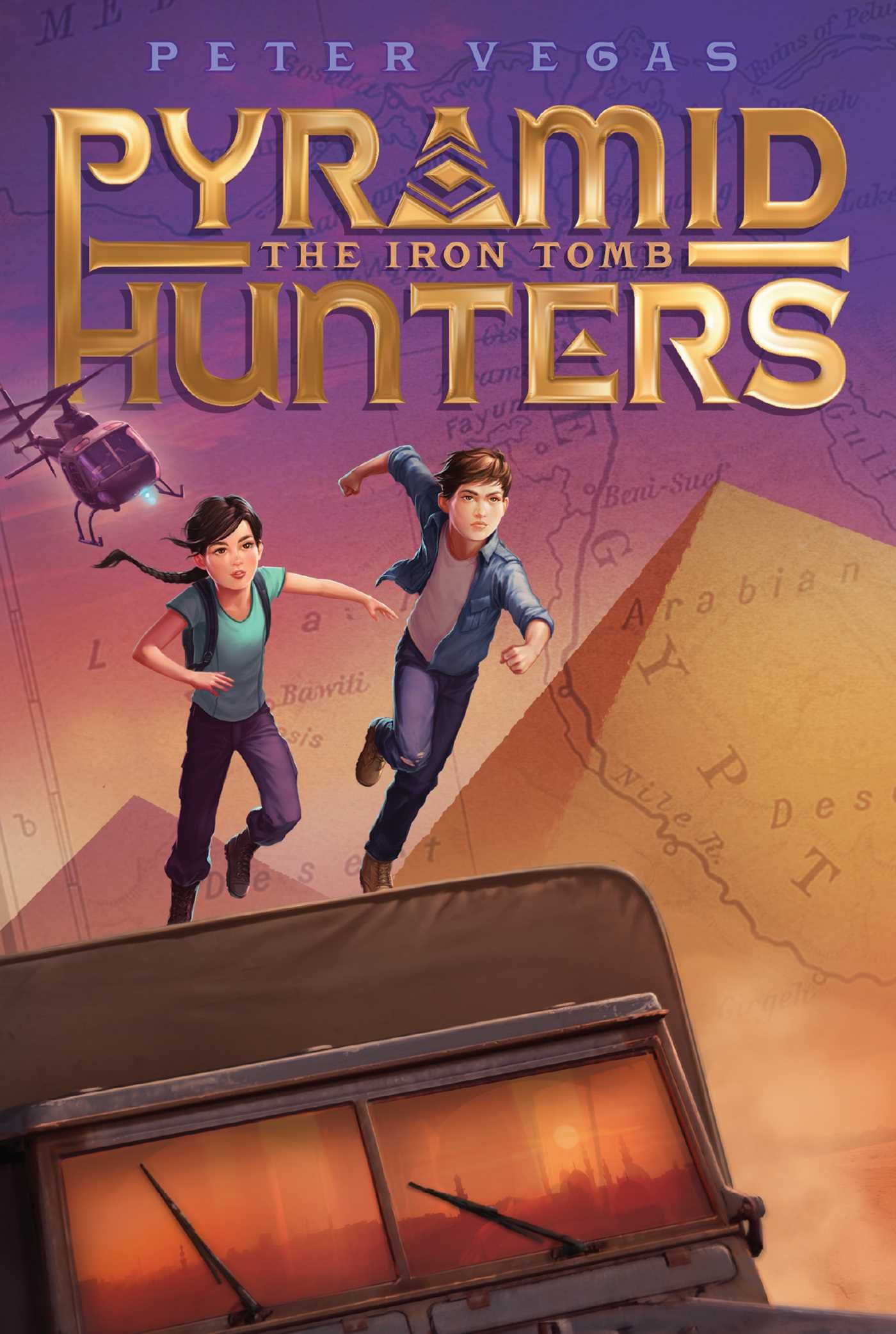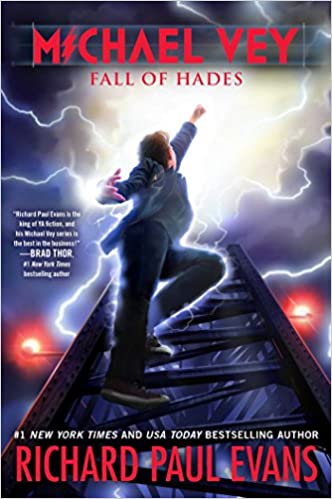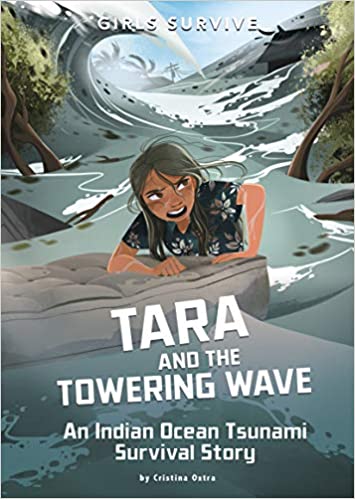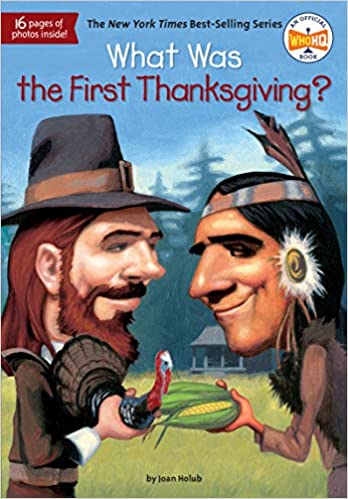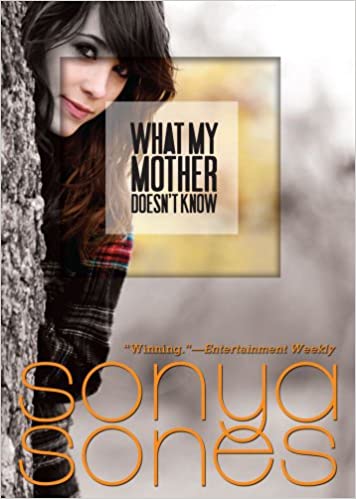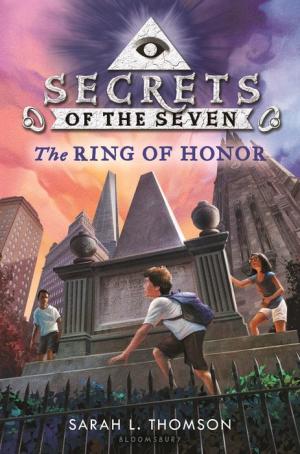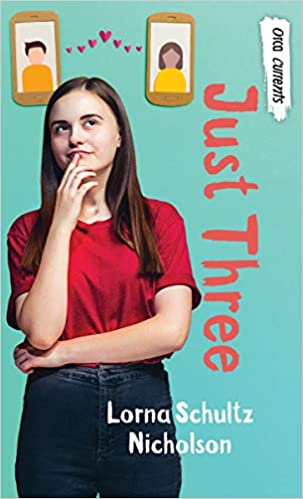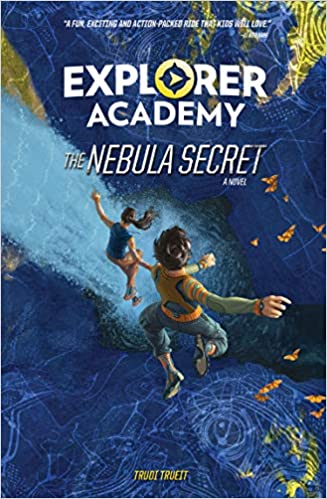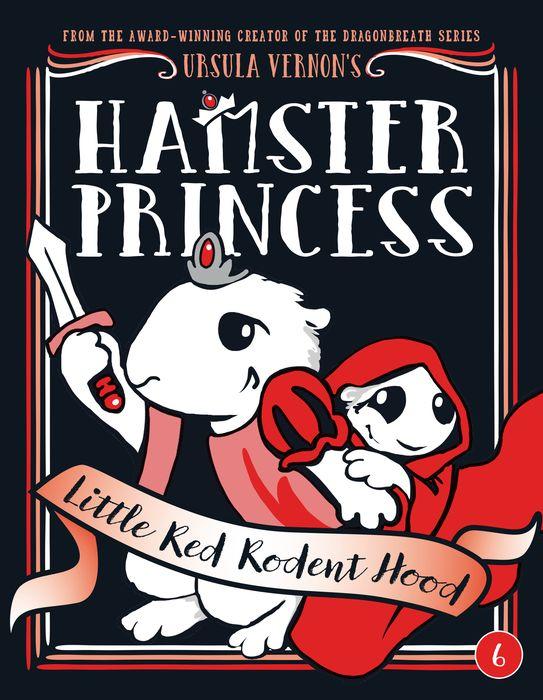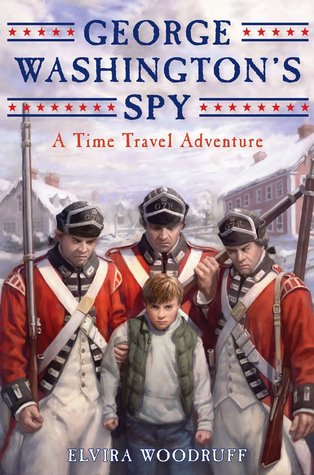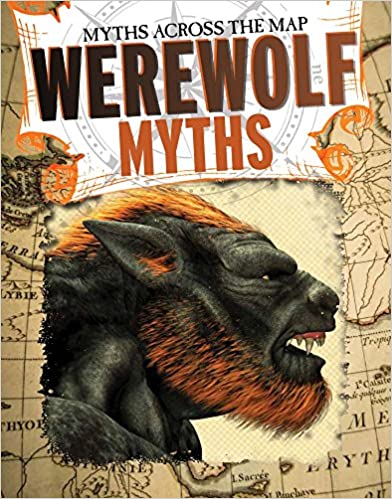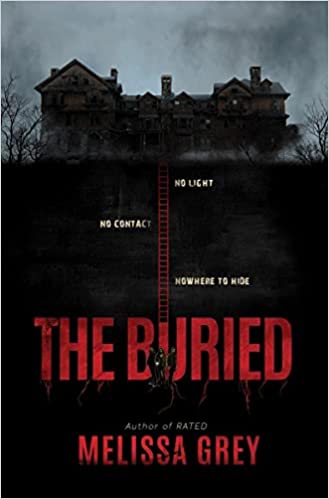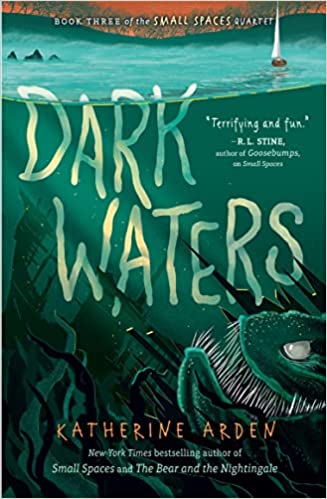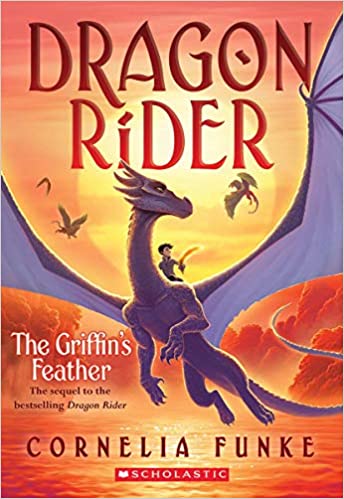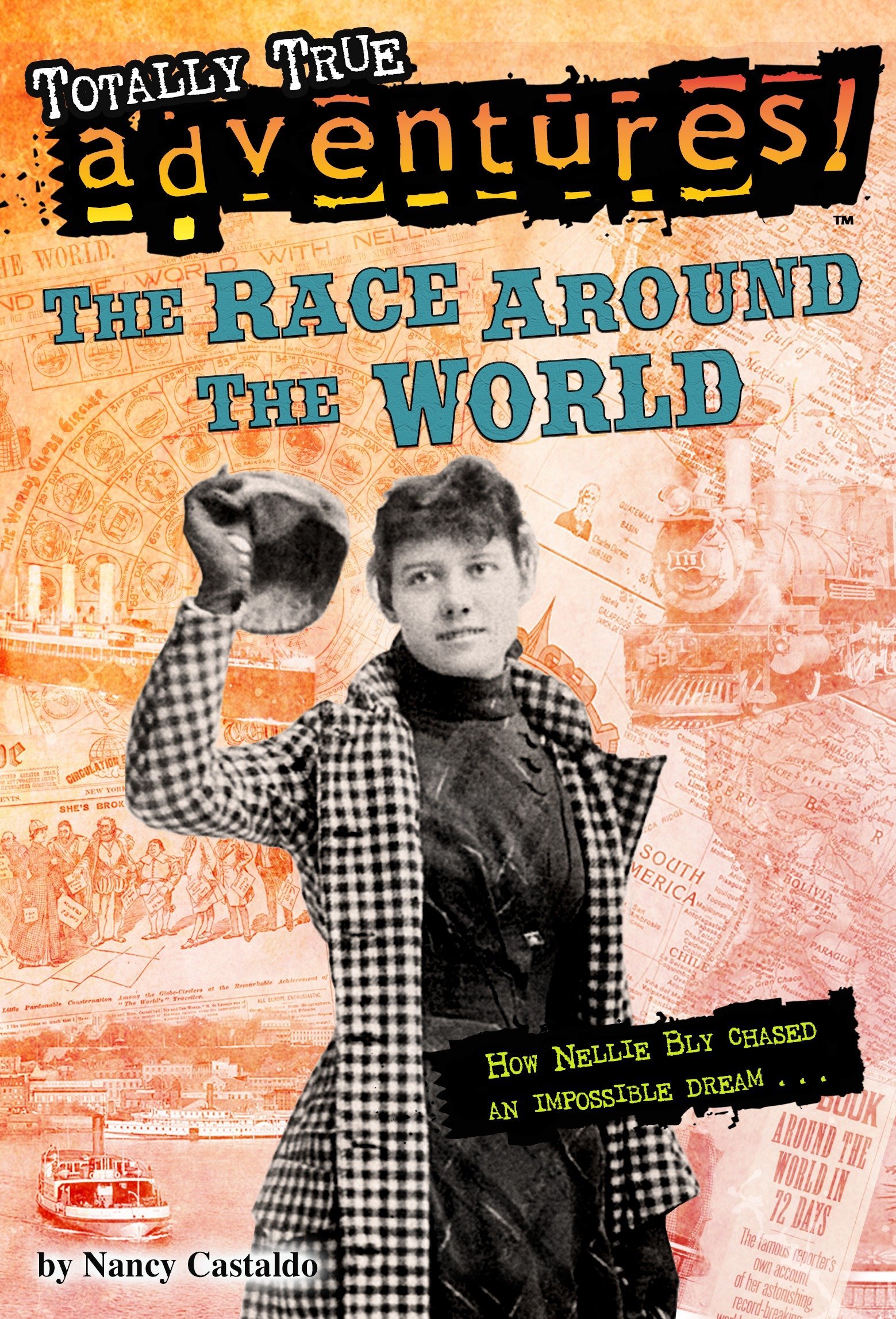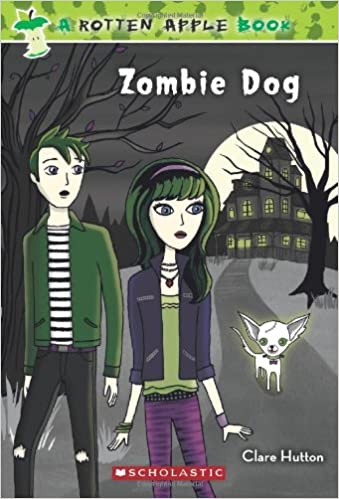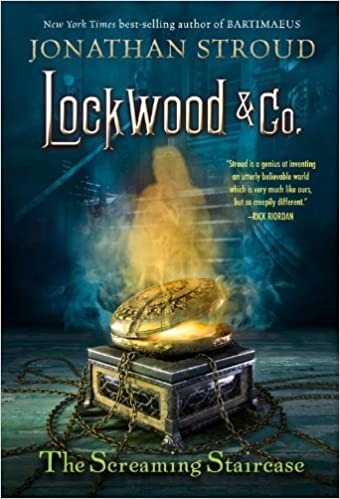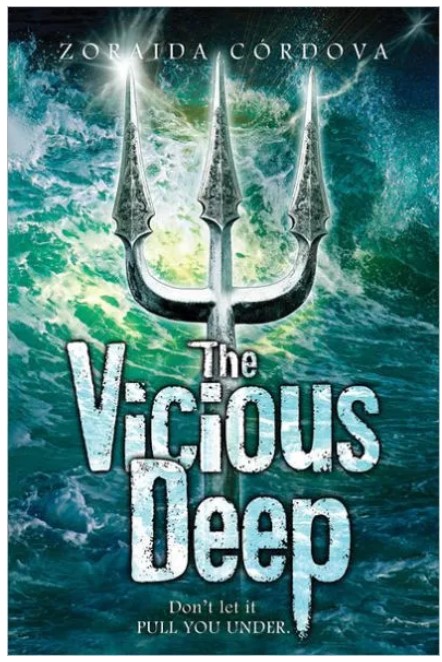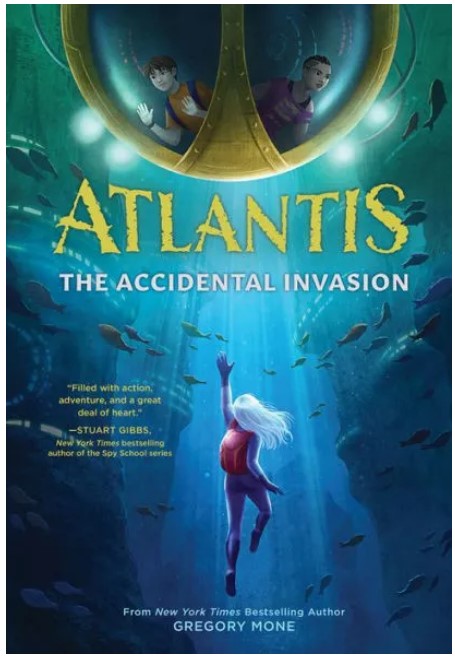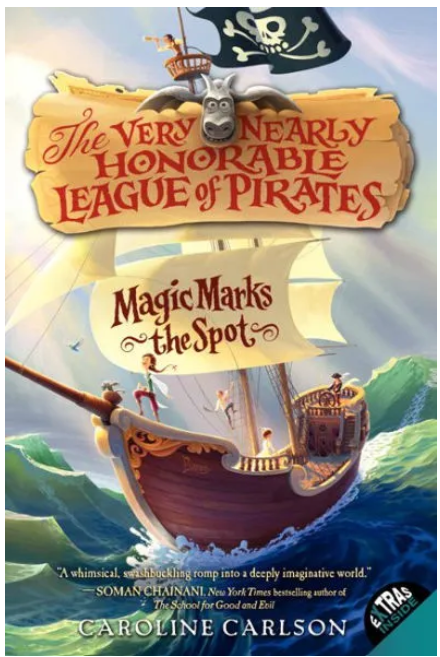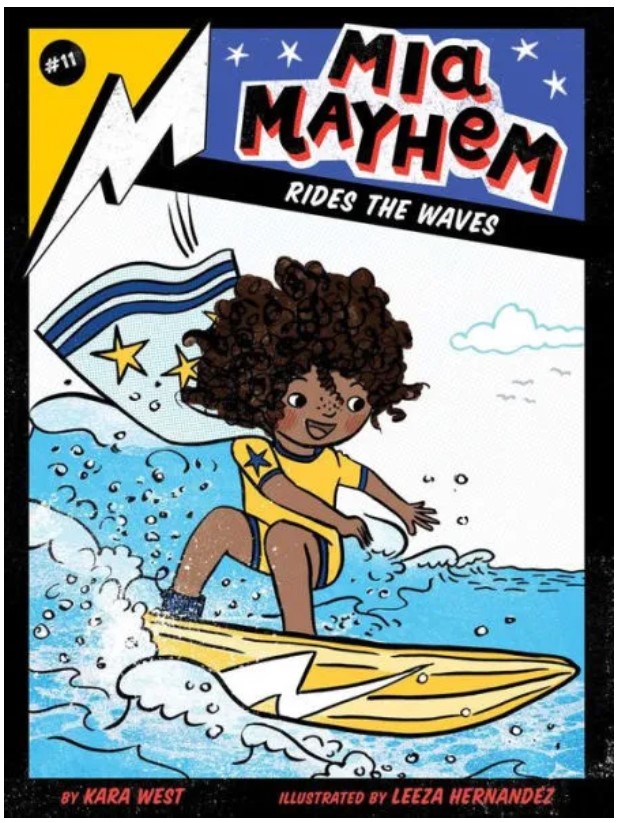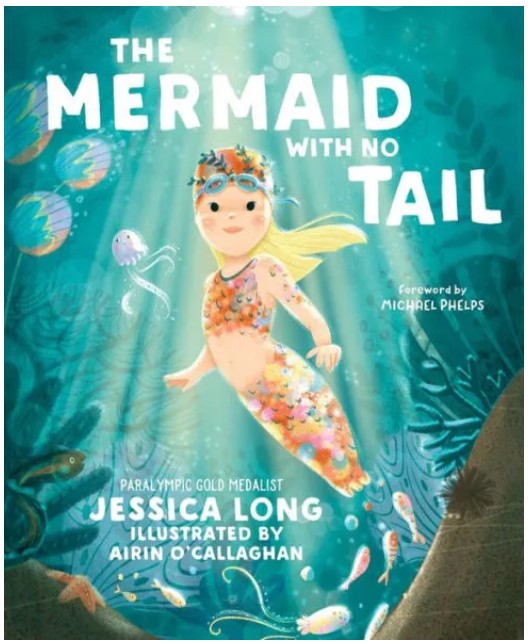Will Treaty and his apprentice, Maddie, have been urgently summoned to Castle Araluen. When they arrive, they learn a shocking truth: the Prince of Gallica is missing—and the King of Gallica has asked for help. All reports suggest that the young prince has been taken prisoner by the dangerous and powerful Baron Joubert de Lassigny. King Duncan knows that sending troops to Gallica to rescue the prince could start a war, as could openly helping Gallica resolve internal conflict. But there’s another way to save the prince: the Ranger Corps.
Soon, Will and Maddie are on the road to rescue the missing prince, disguised as father and daughter jongleurs. Maddie will have to use her knife-throwing skills to keep up her disguise, and her ranger’s apprentice training to complete the mission. But going undercover is dangerous—and the road presents its own hazards. Can she and Will use all of their talents to save the prince, or will the arrogant Baron uncover their plans and put their lives– and their kingdom– at risk?
Unlike the other books in the Ranger’s Apprentice Series, The Missing Prince is missing action. For most of the story, Will and Maddie are traveling to the castle where the Prince of Gallica is being held captive. Along the way, Will and Maddie face bandits which adds excitement to the story. However, their trip drags and when the two finally reach their destination, the book suddenly ends leaving the reader wondering what will happen in the next book, Escape from Falaise.
Will and Maddie are admirable characters who willingly face danger in an attempt to free the missing prince. However, the book’s slow start focuses more on the political reasons to help the Gallican prince. In addition, Maddie’s mother is reluctant to let Maddie go on a ranger mission. Readers may quickly become bored with the political and parental aspects of the story. Despite this, fans of the Ranger’s Apprentice Series will be happy that Will Treaty plays a major role in The Missing Prince.
Some of the story’s plot feels redundant because Will again disguises himself as a jongleur. Despite this, fans of the Ranger’s Apprentice Series will enjoy Will and Maddie’s relationship and the two working together. Plus, the conclusion has several surprises and leaves readers with several unanswered questions. Even though The Missing Prince lacks the action of other books, the cliffhanger will have readers reaching for Escape from Falaise.
Sexual Content
- None
Violence
- To stop a band of thieves, Will dresses like an old farmer. When the thieves see Will, they try to stop him. Will shoots an arrow and “Jem was down, rolling in agony on the ground and clutching an arrow that had transfixed his left calf.”
- One of the bandits, Barton, tries to hit Will, who lifts the man and throws him. “Barton landed with a heavy thud, flat on his back. . . When he recovered, he found himself looking along the blade of a very sharp saxe knife, which pricked the soft skin of his throat.” Will and Maddie take the men to the local law.
- While Will and Maddie are entertaining, thieves appear and demand everyone’s money. A young man tries to intervene, but “the bandit leader stepped in close to him and swung the butt of the crossbow so that it slammed into Simon’s forehead.” The man is injured.
- As the thieves are celebrating their newfound wealth, the leader “held his bottle up prior to drinking from it. Will’s arrow smashed through it, showering the drunken bandit chief with wine and shattered fragments of glass, before thudding, quivering into a log lying ready by the fire.” To take down the bandit leader, Maddie “whipped the sling up and over and the lead shot hissed through the air across the clearing, striking Vincent’s skull behind the ear with an ugly thud. The bandit’s eyes glazed, and he let out a sickly little moan. . . he crashed to the forest floor, stunned.” The scene is described over four pages.
- While Will and Maddie are restraining the bandits, “a man rose onto one knee and leveled the crossbow.” Will sees the movement and “he drew his throwing knife and sent it spinning across the clearing. . .the knife hit him in the center of his chest.”
- While searching the castle tower for the missing prince, “a burly figure” sees Maddie. When the man grabs her, “she suddenly stepped toward him. . .she grabbed a handful of tunic, bent her legs and shoved her backside into his body.” She then knees him in the groin and runs.
Drugs and Alcohol
- Will and Maddie pose as jongleurs and perform in local taverns. The customers often drink wine and ale. When they eat at the castle, ale and wine are also served.
- A man who has been following Will and Maddie goes into a tavern and is “nursing a tankard of ale.”
- After the thieves rob the townspeople, they hide in the forest. The eight men were “sprawled around the camp. They stole some wine from the tavern last night and they’re all drinking.” The men turn into a “nosy, drunken group.”
- Will and Maddie see a peddler who had “casks of ale and wine.”
Language
- A man thinks that the Gallic king is a “pompous prat.”
- Damn is used once.
Supernatural
- None
Spiritual Content
- None
